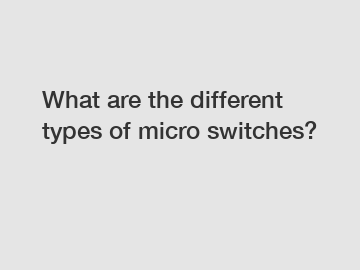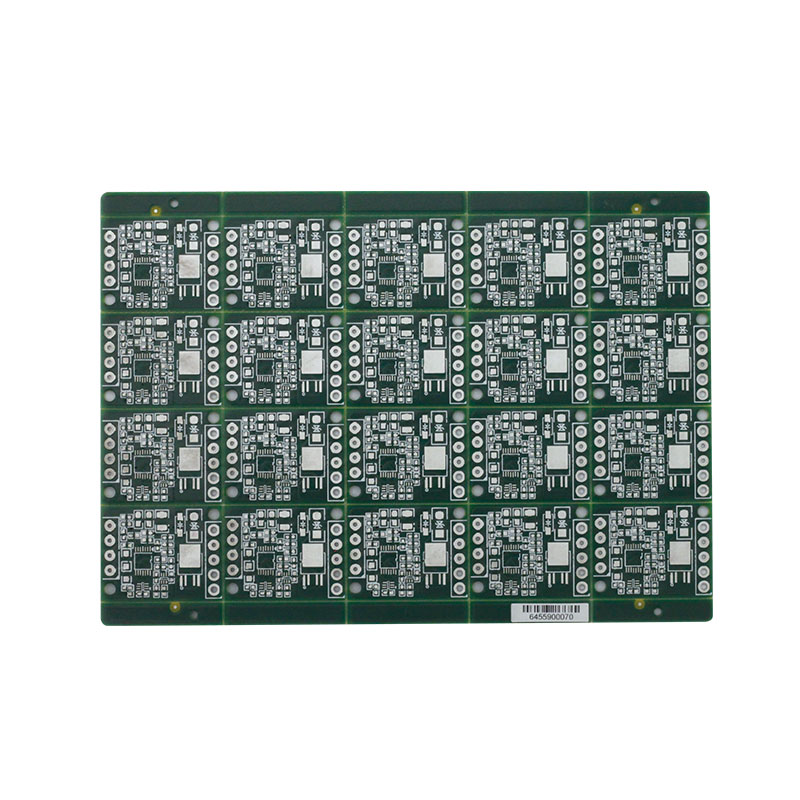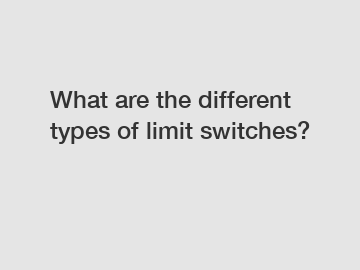What are the two types of limit switches?
Limit switches are essential devices used in various industrial applications to detect the presence or absence of an object. They are designed to provide precision, accuracy, and stability in controlling machinery and equipment. There are two primary types of limit switches: mechanical limit switches and non-contact limit switches. Each type serves a specific purpose and has its advantages and disadvantages.
Mechanical Limit Switches.
Mechanical limit switches are the most common type of limit switches and have been used for decades in industrial settings. They operate by physically contacting an object or surface to detect its presence or absence. When the object activates the switch, it triggers the mechanical lever or plunger inside the switch, which then sends a signal to the connected machinery to initiate a specific action.

One of the main advantages of mechanical limit switches is their durability and reliability. They are robust devices that can withstand harsh environments, extreme temperatures, and high vibration levels. Mechanical limit switches are also cost-effective and easy to install, making them a popular choice for many industrial applications.
However, mechanical limit switches have some limitations. They are prone to wear and tear due to the physical contact involved in their operation, which can lead to malfunctions and failures over time. Additionally, the mechanical components of these switches may require regular maintenance and lubrication to ensure optimal performance.
Non-Contact Limit Switches.
Non-contact limit switches, also known as proximity switches, operate without the need for physical contact with the object being detected. Instead, they use various sensing technologies such as infrared, capacitive, inductive, or ultrasonic to detect the presence or absence of an object. When the object comes within the switch's sensing range, it triggers the switch to send a signal to the connected machinery.
One of the key advantages of non-contact limit switches is their ability to provide accurate and consistent detection without the risk of wear and tear associated with mechanical switches. They are ideal for applications where physical contact is not desired, such as in cleanroom environments or with delicate objects. Non-contact limit switches are also highly resistant to dust, dirt, and other contaminants, making them suitable for use in challenging conditions.
However, non-contact limit switches may be more expensive than their mechanical counterparts and require careful calibration and setup to ensure reliable operation. They also have limited sensing ranges compared to mechanical switches, which can affect their applicability in certain industrial settings.
Conclusion.
In conclusion, mechanical limit switches and non-contact limit switches are two main types of limit switches used in industrial applications. Mechanical limit switches rely on physical contact to detect objects and are known for their durability and reliability, while non-contact limit switches use various sensing technologies to provide accurate detection without physical contact.
Choosing the right type of limit switch depends on the specific requirements of the application, including environmental conditions, object characteristics, and budget constraints. Both mechanical and non-contact limit switches have their strengths and weaknesses, and it is essential to consider these factors when selecting the most suitable option for a particular industrial setting.
For more information about limit switches or assistance in choosing the right type for your application, feel free to contact us.
If you want to learn more, please visit our website Rod Coil Spring Lever Actuator Limit Switch, Safety Limit Switch, Plastic Rod Cover Limit Switch.
Related Articles









Comments